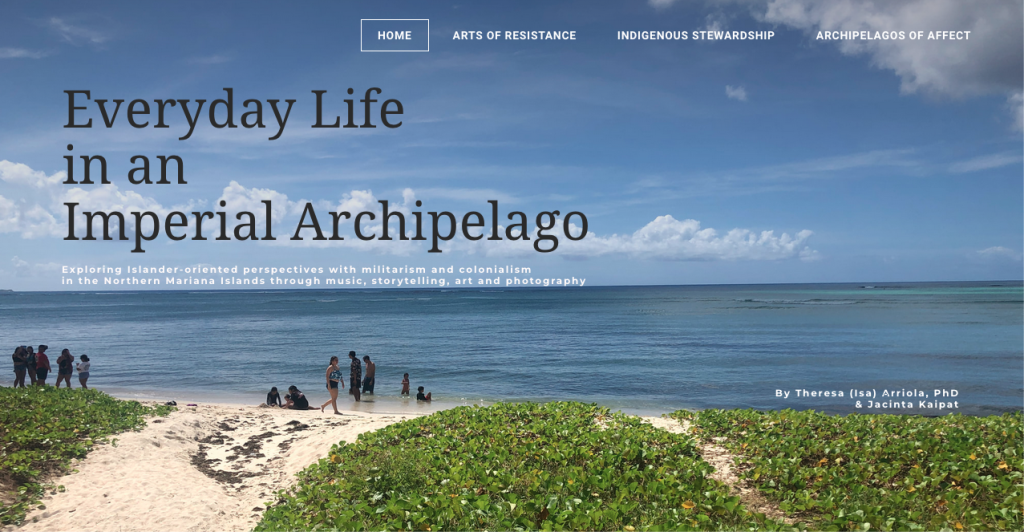
The Mariana Islands are often framed in media and history books as being “stuck in the middle” between competing national powers. This framing is not new and stems from militarized discourses popularized during World War II when the islands were viewed as stuck in the “crossfire” between the United States and Japan. Today, this framing continues to place the islands between two competing powers: the United States and China. Current debates over “which side” each island nation in the Pacific takes tend to fan the flames of this narrative.
These portrayals pay little attention to the stakes of what these decisions mean for Indigenous livelihoods, sovereignty and political decision-making throughout Oceania. They neglect the lived realities of the people who call the Marianas home.
What does it feel like to be connected to the land that is so often viewed as “stuck in the middle” when that middle is the center of your life?
The digital exhibition Everyday Life in an Imperial Archipelago explores resistance to the imperial framing of the Marianas archipelago by highlighting contemporary art forms that express the everyday and affective dimensions of contemporary colonialism. These include the artistic creations of Jacinta Kaipat’s traditional beadwork (known in Refaluwasch culture as “Lighatutuur”) and her family’s long tradition of Indigenous music production.